# Get Ready for a Mini-Moon!
Exciting news, Earthlings! 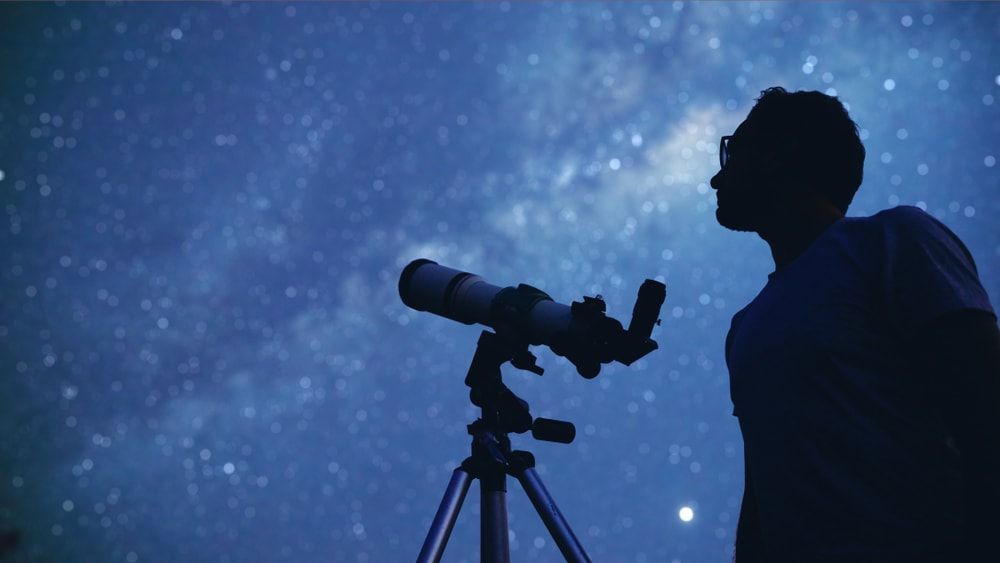
via Shutterstock
A mini-moon is about to join our celestial dance.
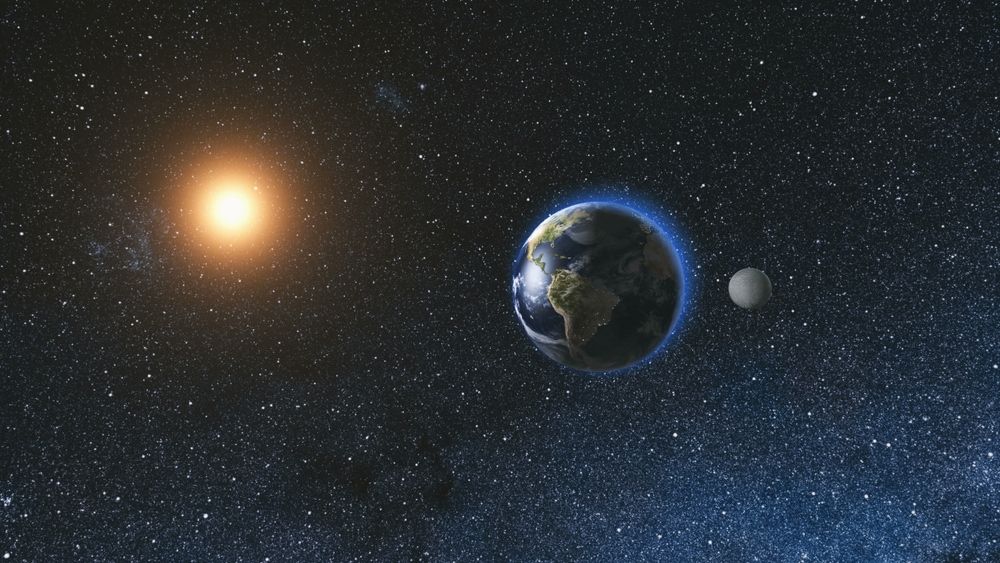
via Shutterstock
Starting next week, planet Earth will have a new orbiting companion.

via Getty
That’s right—double the lunar fun!
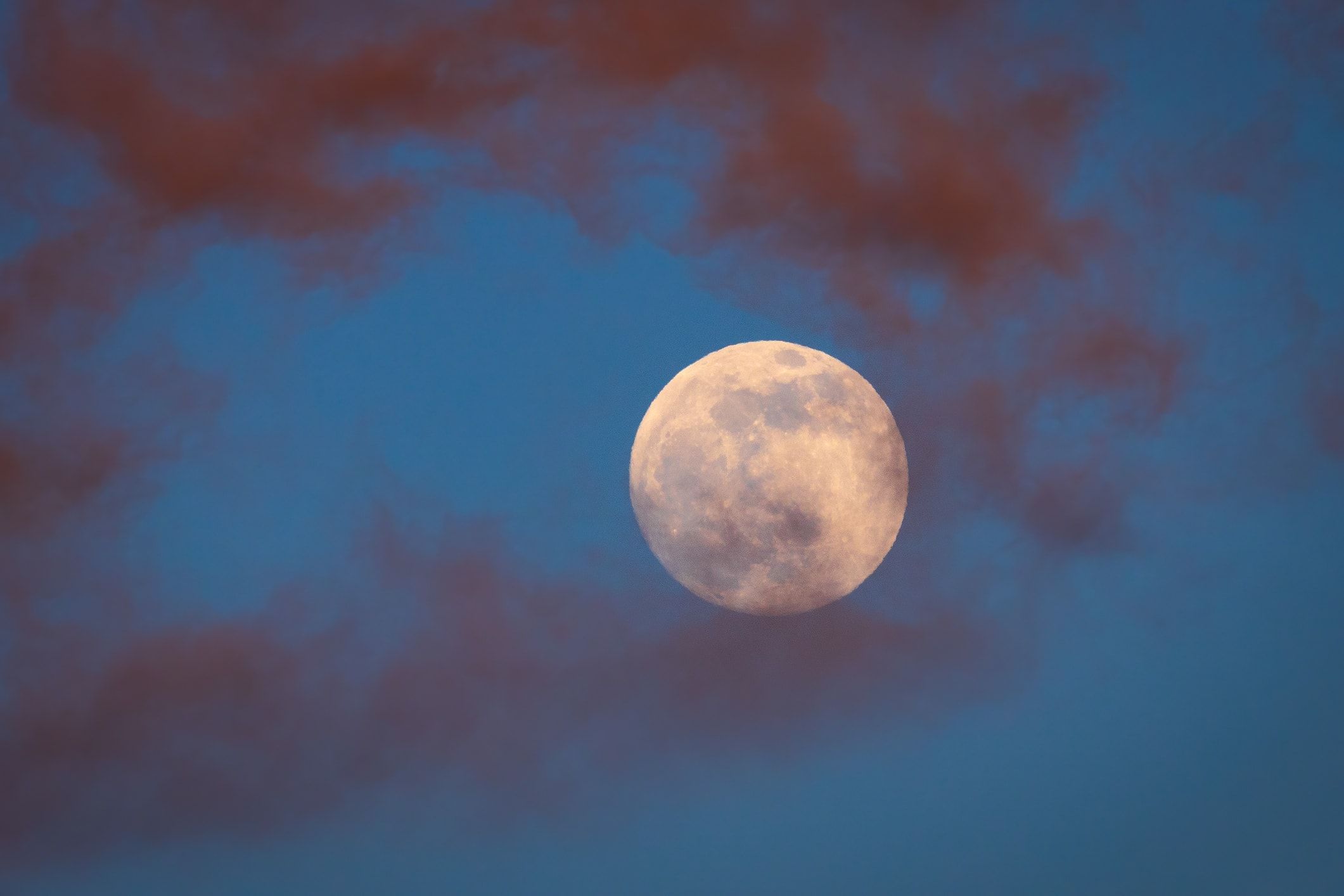
via Getty Images
But hold onto your telescopes; this mini-moon won’t be here for long.
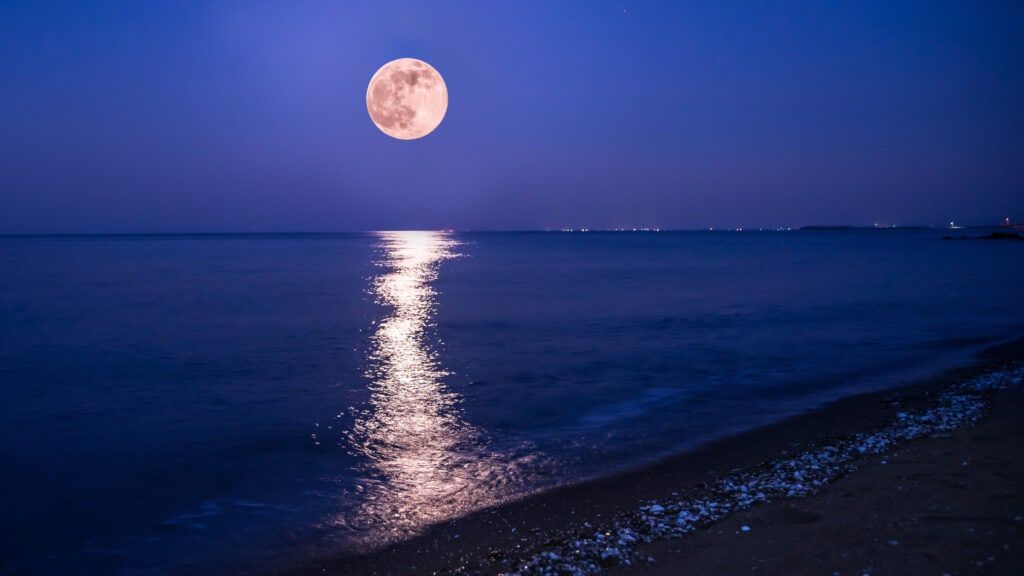
via Getty Images
It’ll vanish by the end of the year, leaving us with just our usual moon.
Amazon deals you won’t want to miss! Email Address * advertisement 
via getty
So what’s the scoop on this tiny interloper?
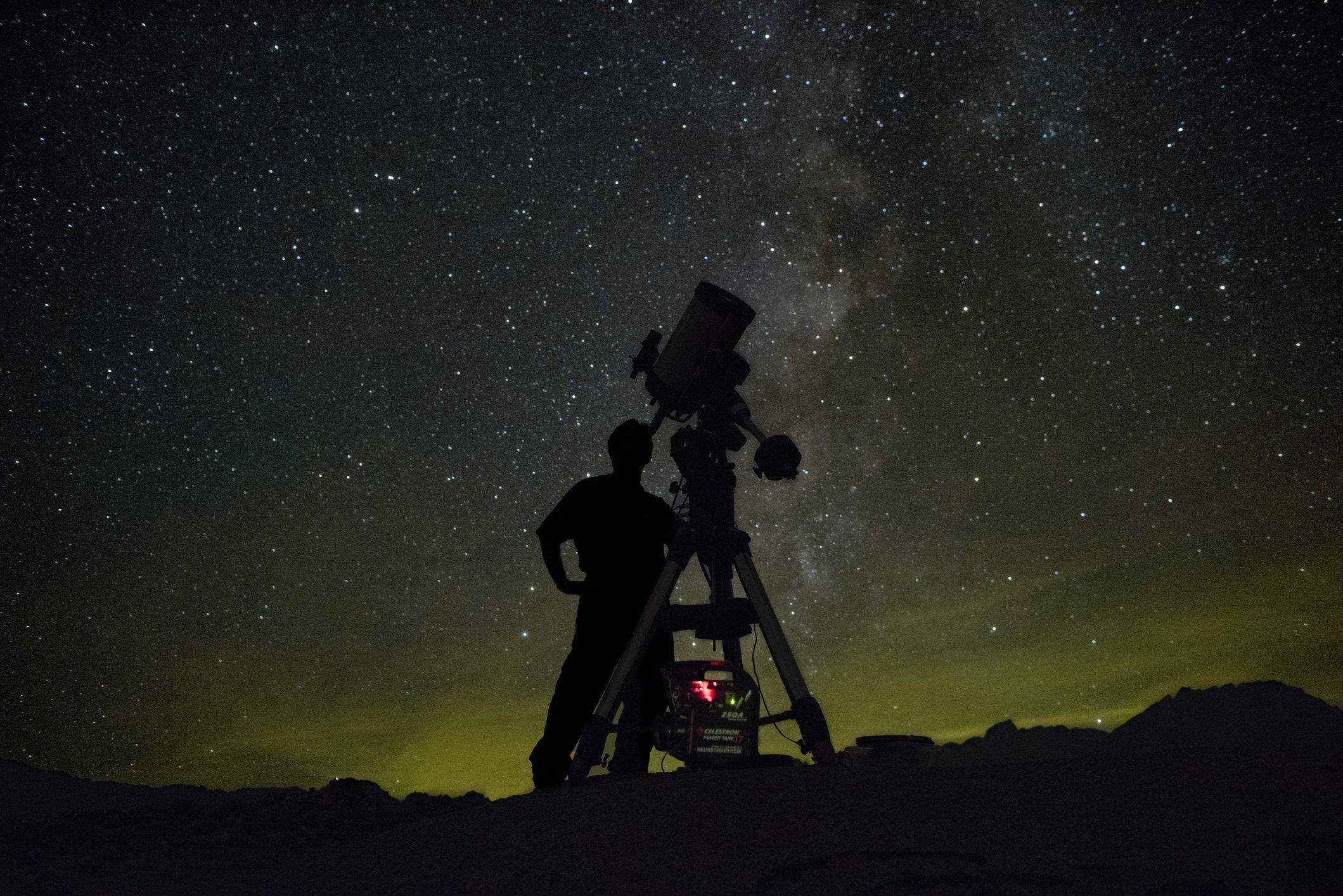
via Getty Images
The mini-moon was spotted by the Asteroid Terrestrial-impact Last Alert System—ATLAS for short.

via Getty Images
These dedicated space watchers caught sight of asteroid 2024 PT5 on August 7.
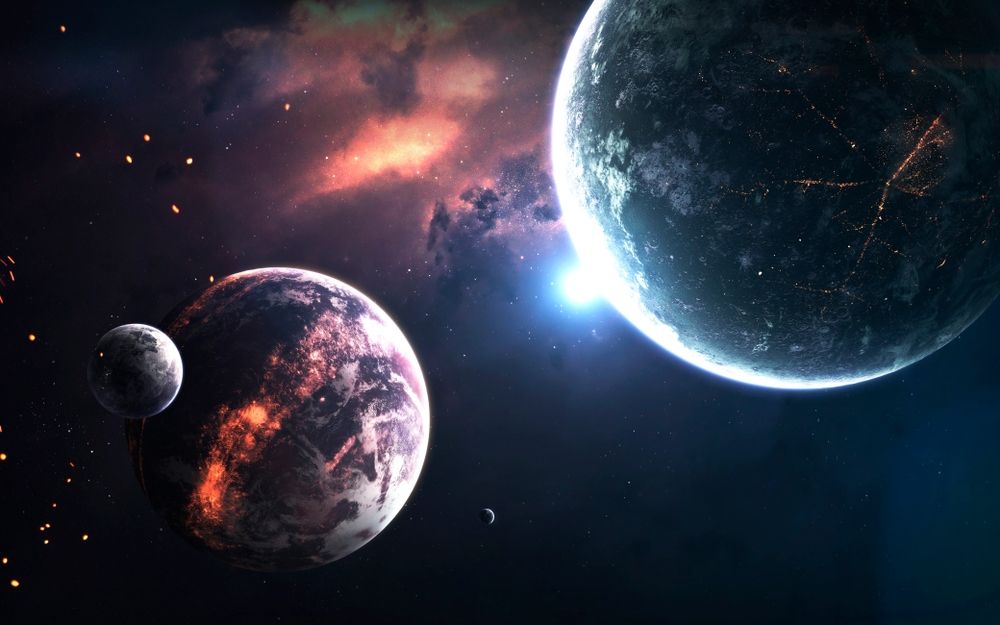
via Shutterstock
They predict it will orbit Earth from September 29 to November 25.
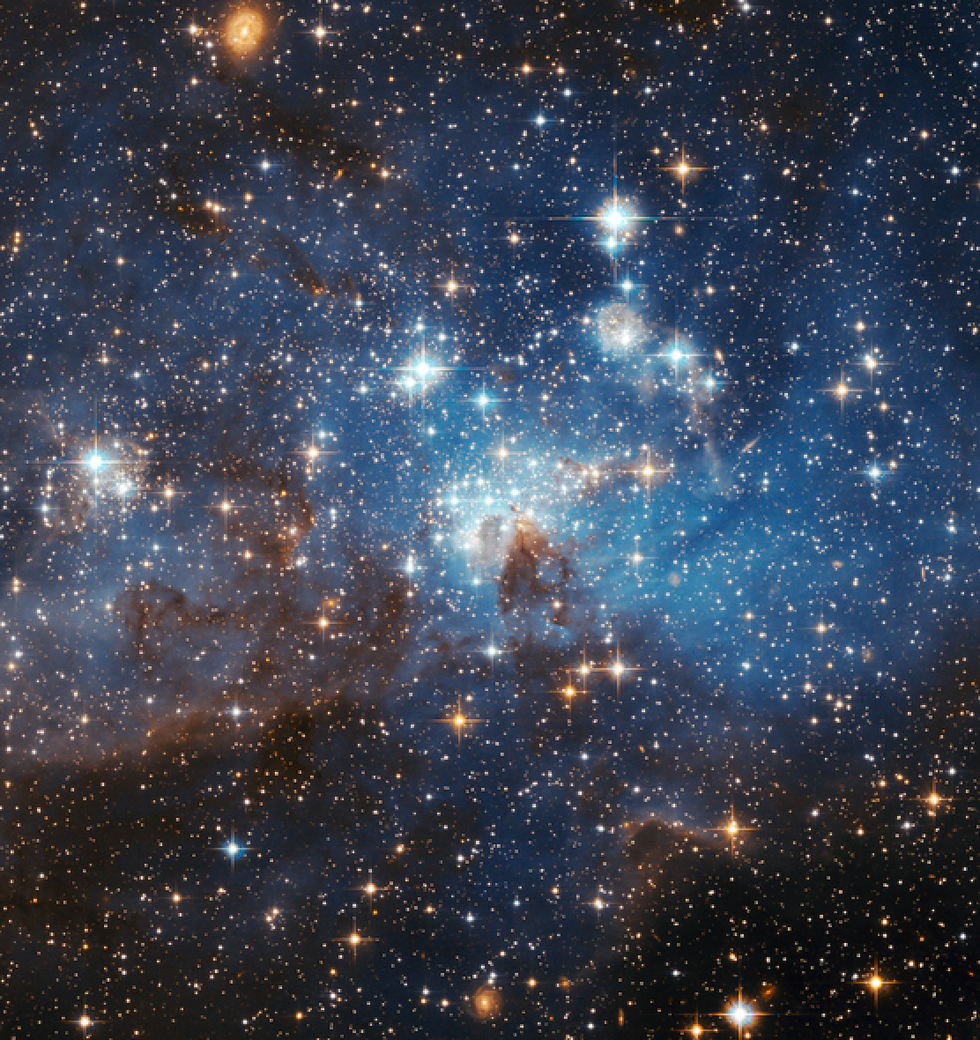
via : Getty
After that, it’ll break free from our gravitational grasp and zoom off into the cosmos.

via Shutterstock
But here’s the kicker: this new moon is just 10 meters wide!
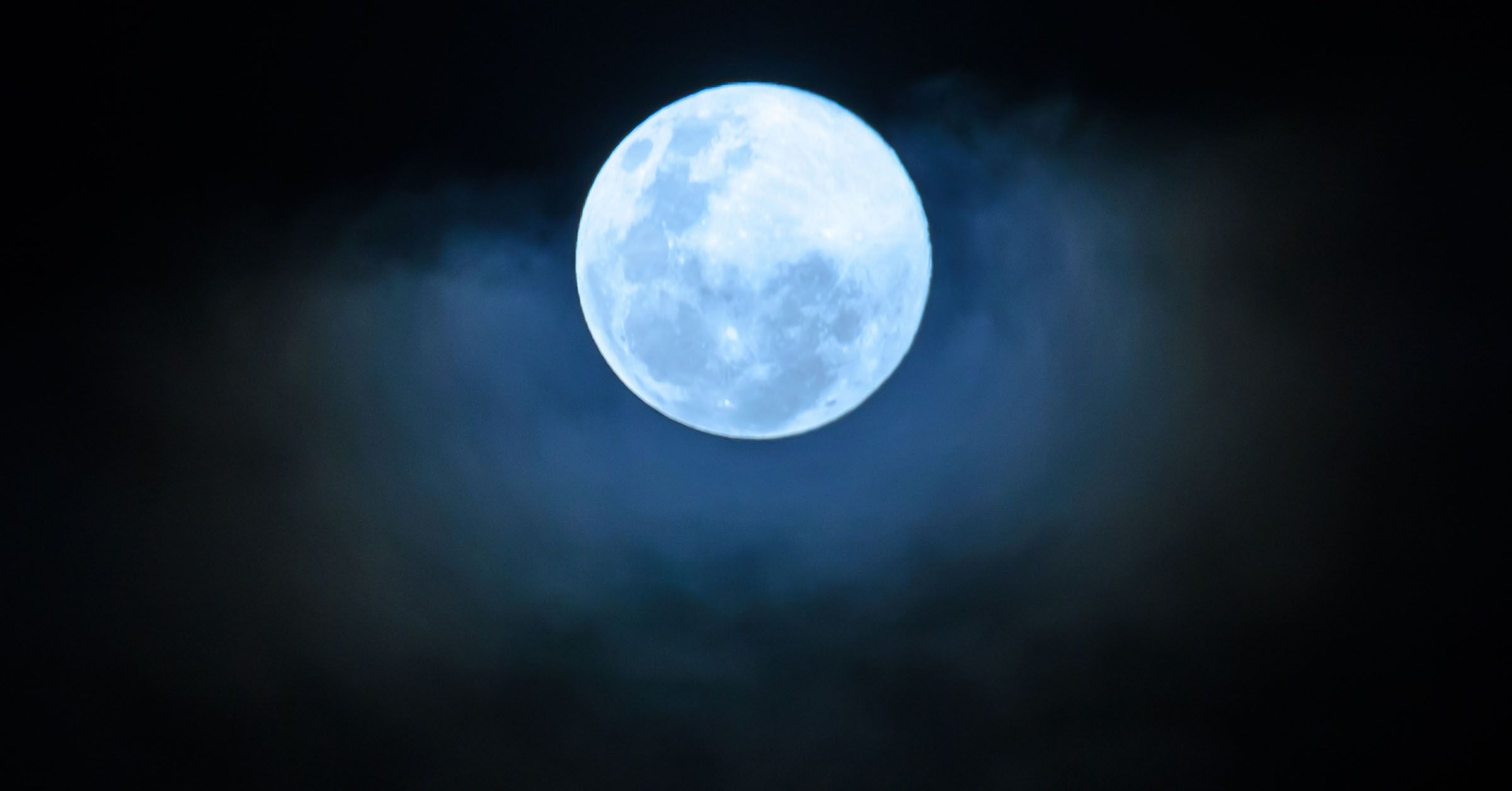
via GETTYIMAGES
To put that in perspective, our regular moon measures a whopping 3.4 million meters.
So, yes, “mini” is the operative word here.

via Getty Images
In fact, spotting this mini-moon might prove to be quite the challenge.
Mini-moons aren’t exactly a new phenomenon, though.
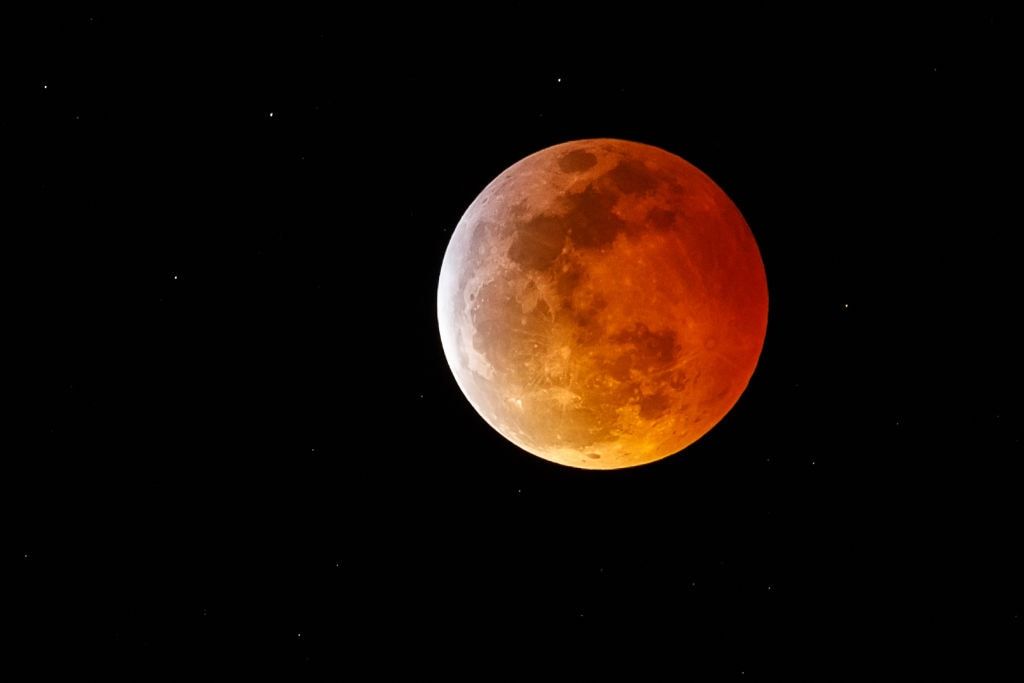
via Getty Images
Earth has hosted similar celestial guests before—in 1981 and 2022.

via Getty
So, while this one is exciting, it’s not unprecedented.
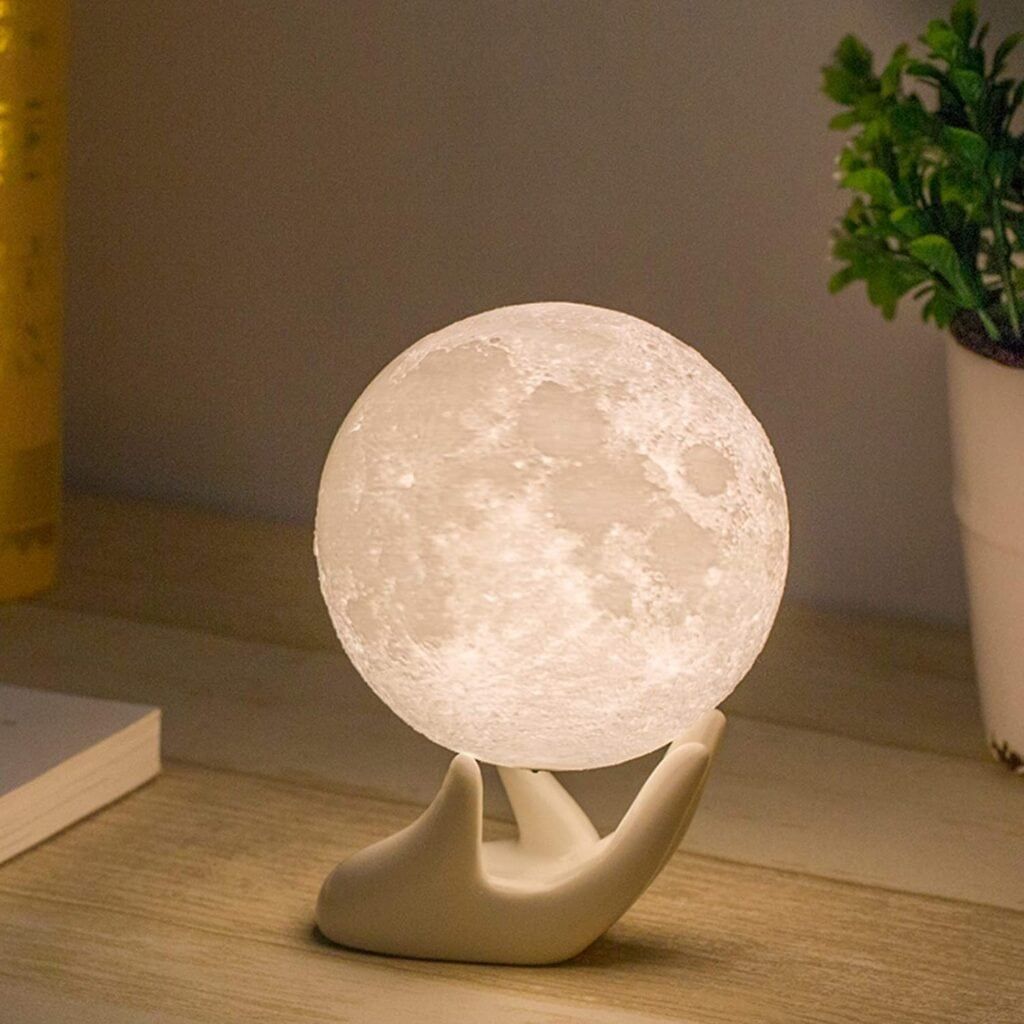
via Amazon
Now, let’s dive into a little backstory.

via Shutterstock
The fascination with mini-moons reflects our growing interest in space exploration.
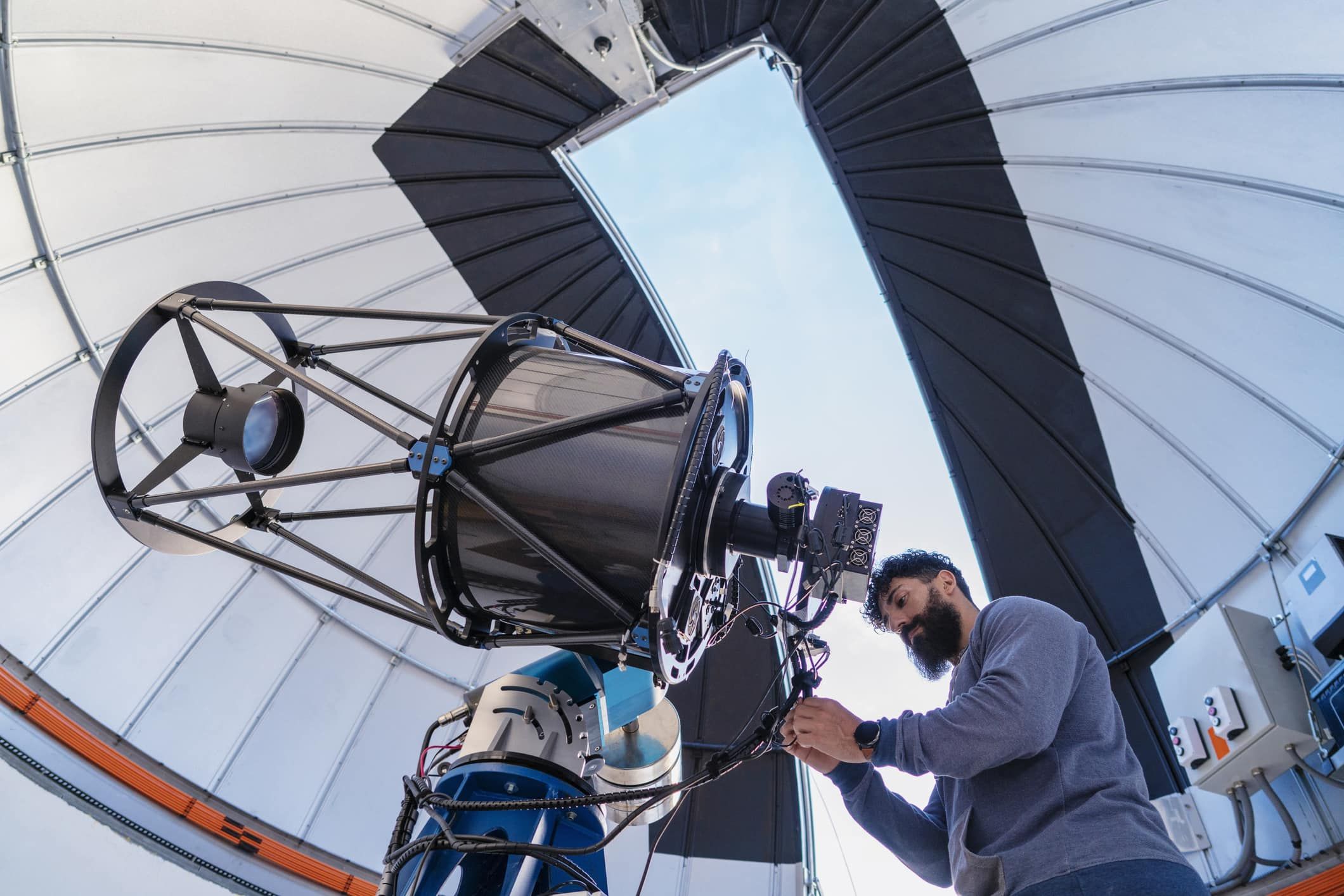
via Getty Images
Recent advancements in technology have made it easier to discover these transient visitors.
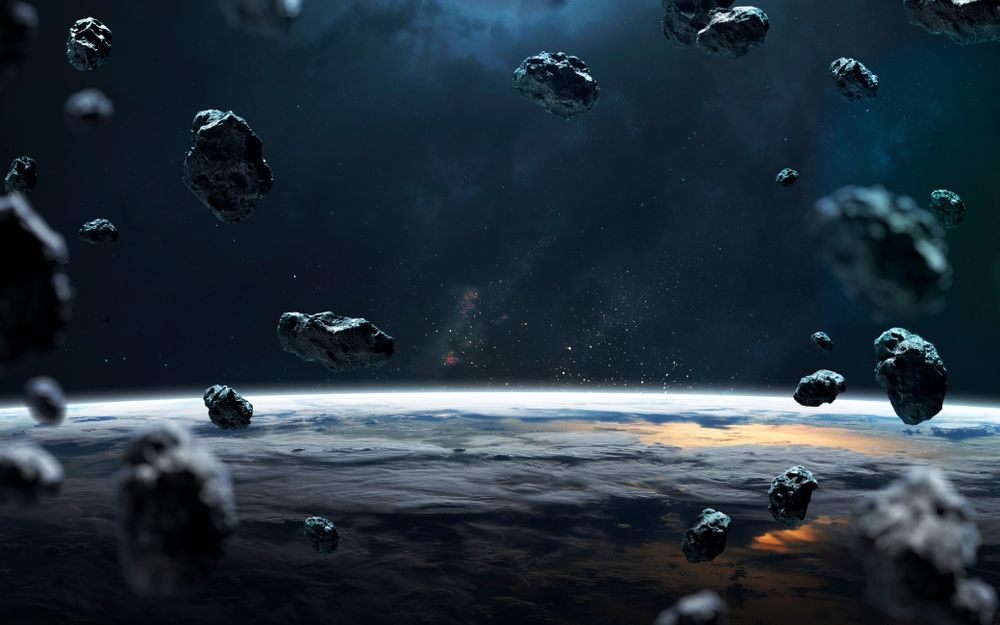
via Shutterstock
Asteroids and mini-moons often serve as test beds for future space missions.
Researchers believe that mining these tiny bodies could pave the way for extracting resources from larger asteroids.
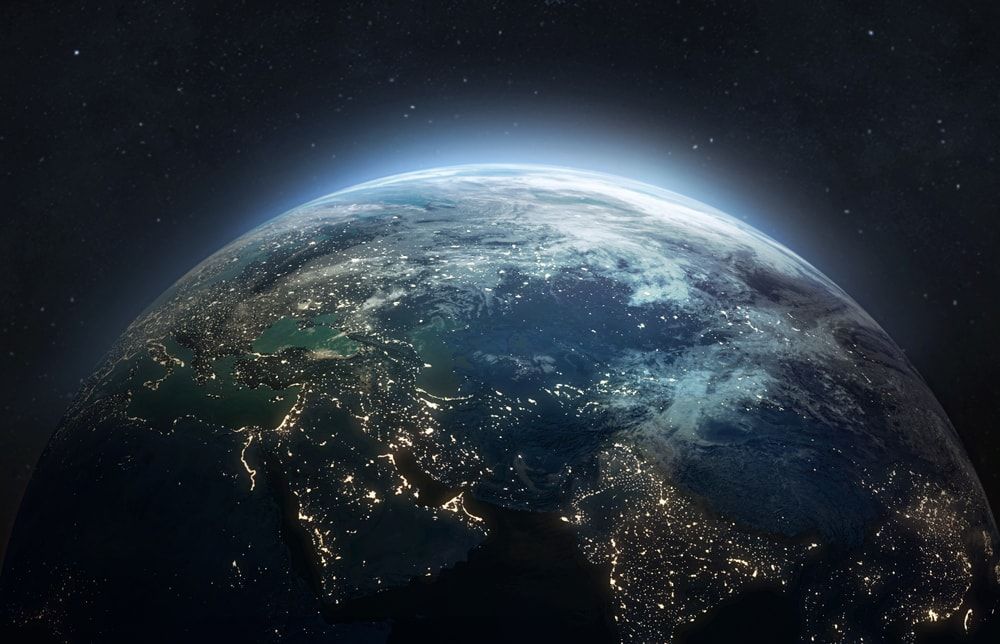
via Shutterstock
Imagine harvesting precious metals or even water to sustain future missions!
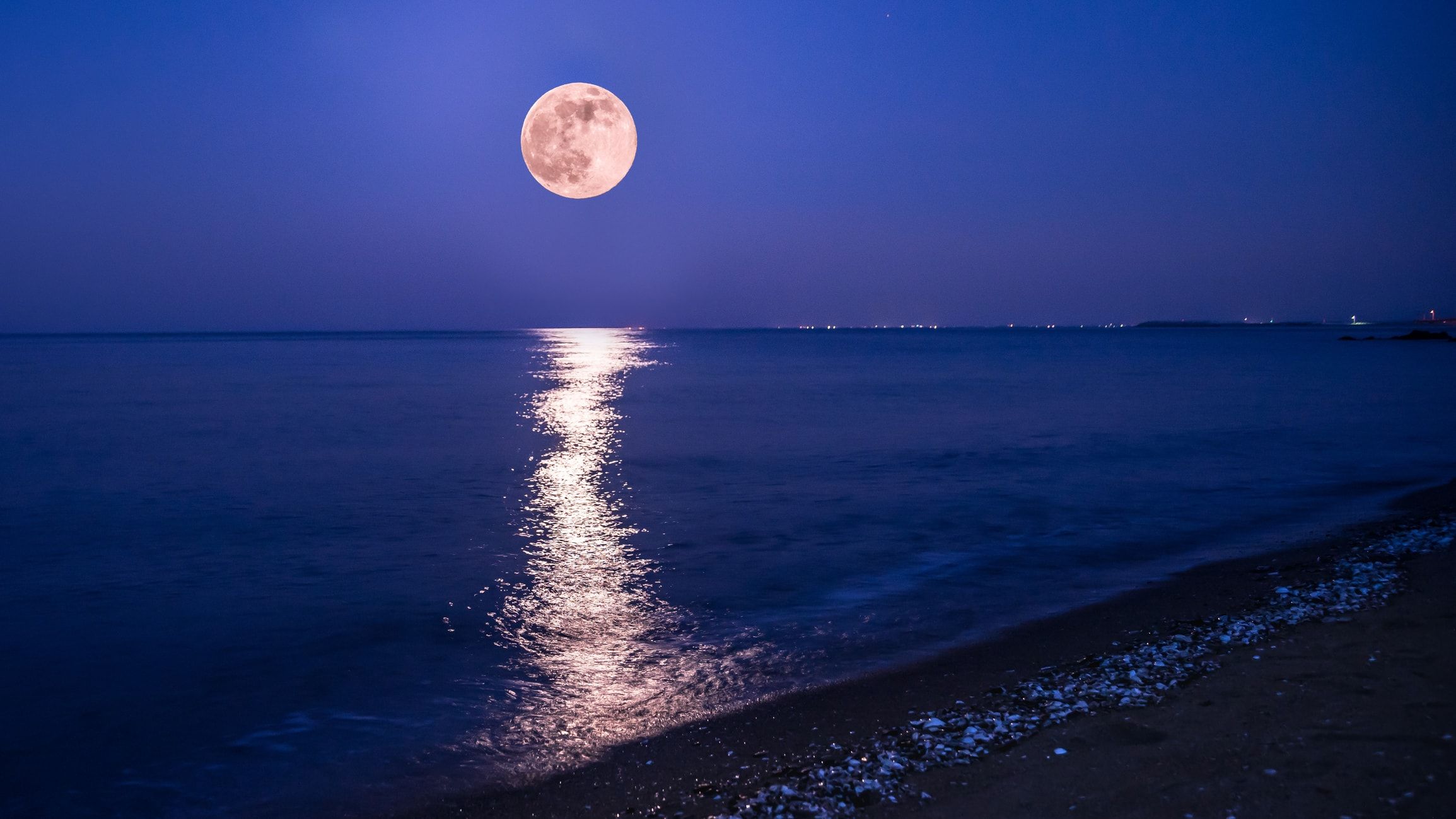
via Getty Images
This concept has gained traction among space enthusiasts and scientists alike.
The idea of utilizing mini-moons could revolutionize our approach to space travel.
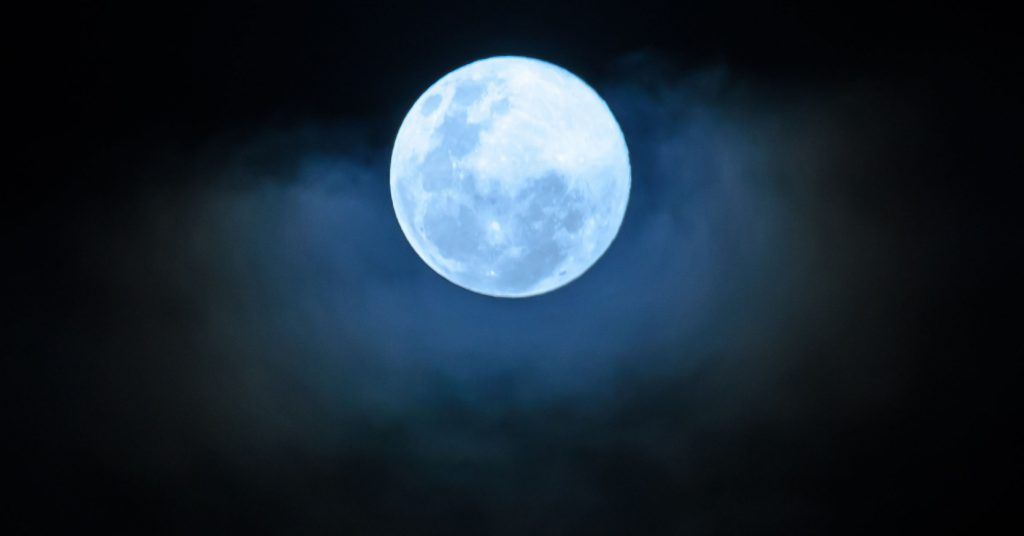
via GETTYIMAGES
Of course, not everyone is thrilled about the arrival of a new moon.

via Getty Images
Some Earthlings are wondering what this could mean for the werewolves.
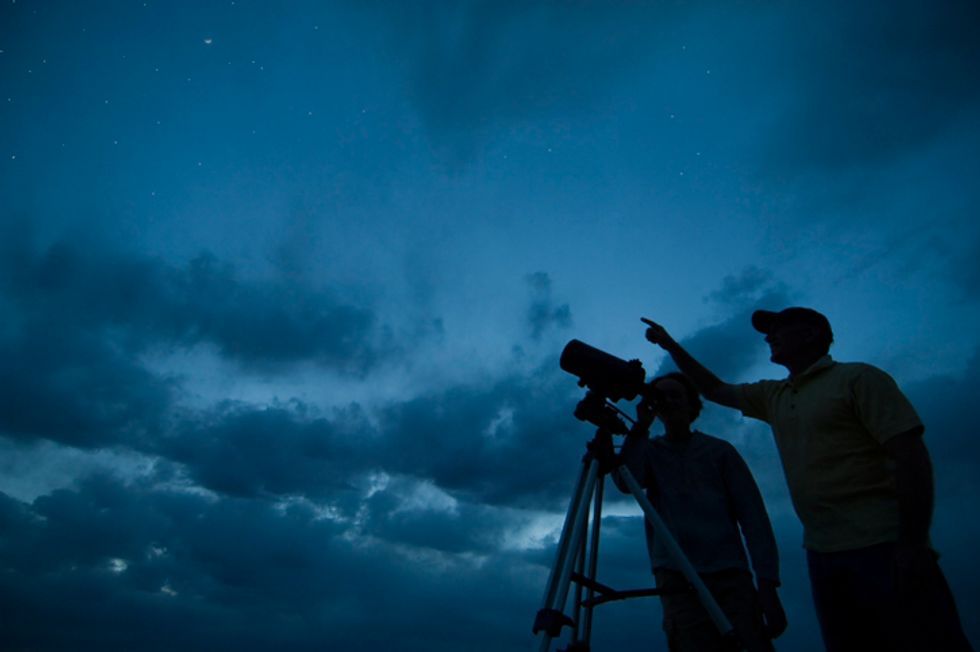
via : Getty
Don’t worry, though—scientific evidence on werewolves is, well, lacking!
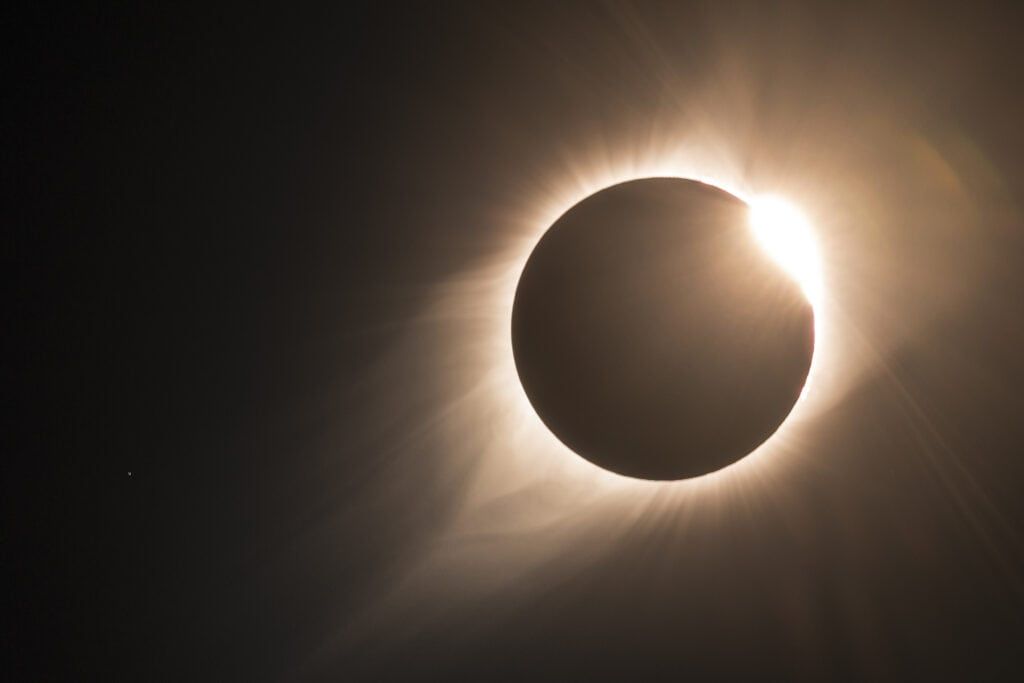
via Getty Images
Still, the notion has stirred up some fun speculation.

via : Getty
So, what can we expect during this mini-moon’s stay?

via : Getty
While it might not be the easiest to spot, it’s worth looking up!
Astronomers warn that if it collides with Earth, it won’t cause any catastrophic damage.

via Getty Images
Its small size means any impact would be more of a hiccup than a disaster.

via Getty
Meanwhile, keep an eye out for other celestial events.
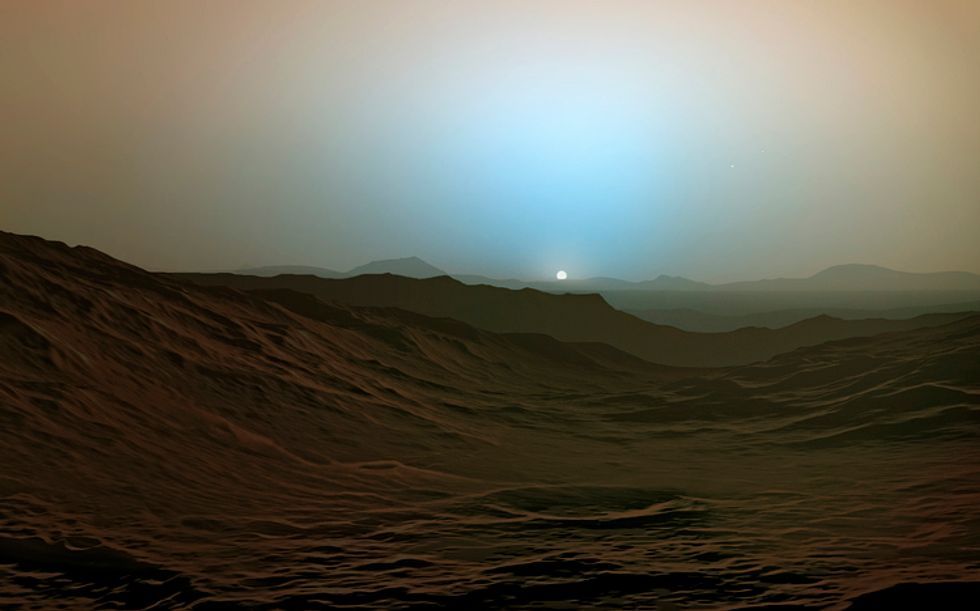
via : Getty
A comet that has been orbiting our solar system for 80,000 years will soon make its appearance.
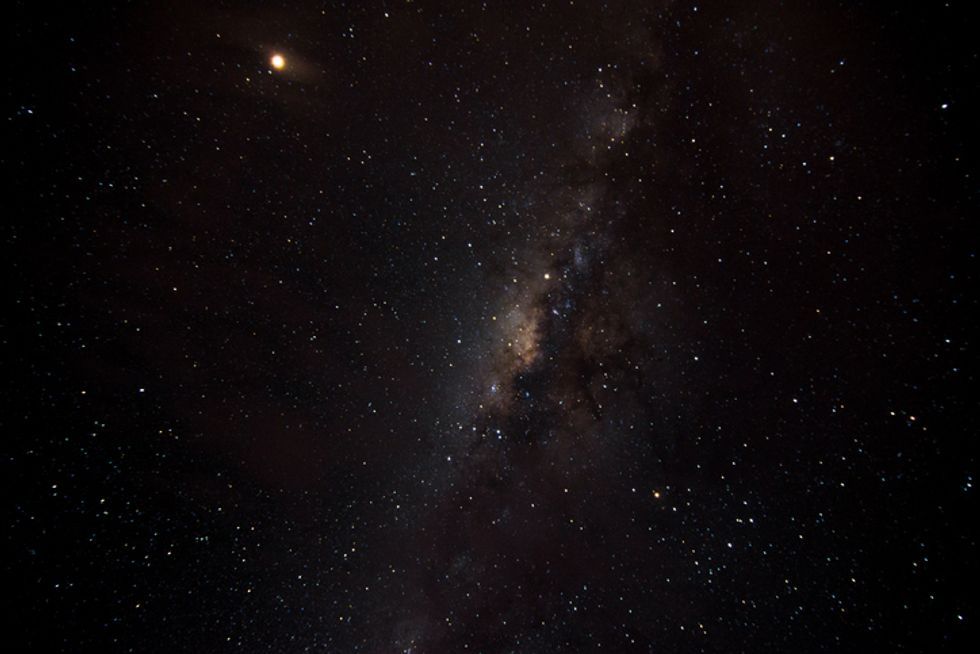
via : Getty
This comet last graced our skies during the Stone Age, so don’t miss your chance!

via : Getty
And in other space news, two astronauts are delayed in returning from the International Space Station.
There are worse places to be stuck, after all.
They’re likely enjoying an extended stay among the stars.
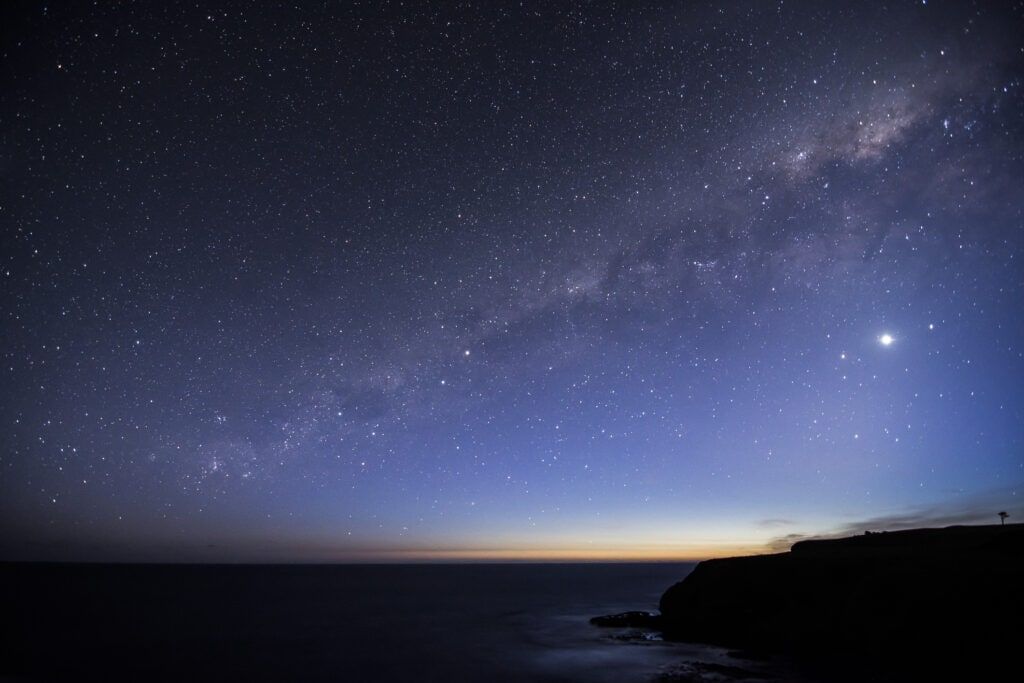
via Getty Images
As we gear up for the mini-moon, let’s celebrate this unique opportunity.
It’s a reminder of the wonders of our universe.

via Shutterstock
Will this tiny moon spark your curiosity about space?
Mark your calendars for the end of September!
Who knows what other cosmic surprises await us? 
via GETTYIMAGES
Stay tuned, sky gazers!




